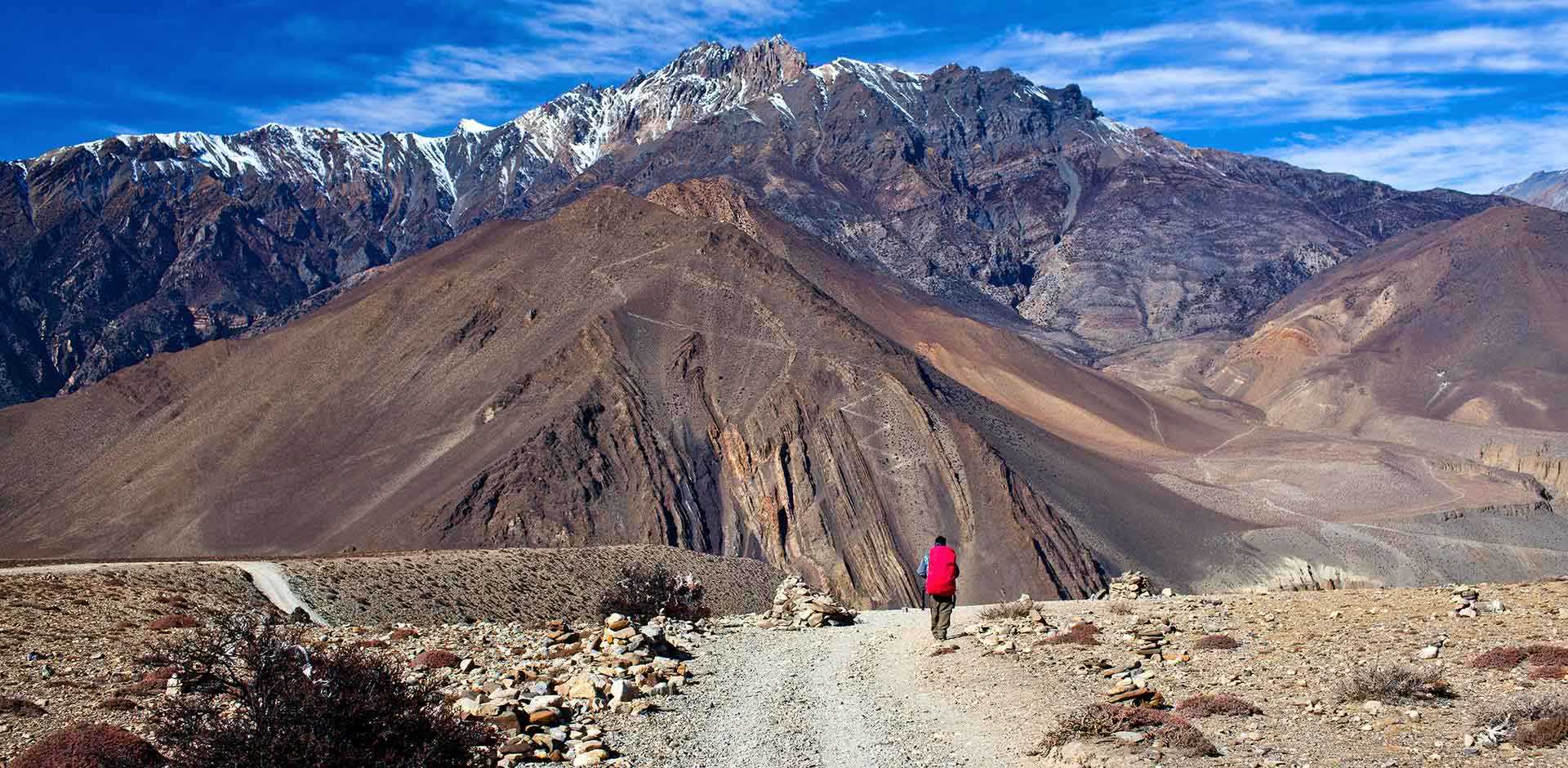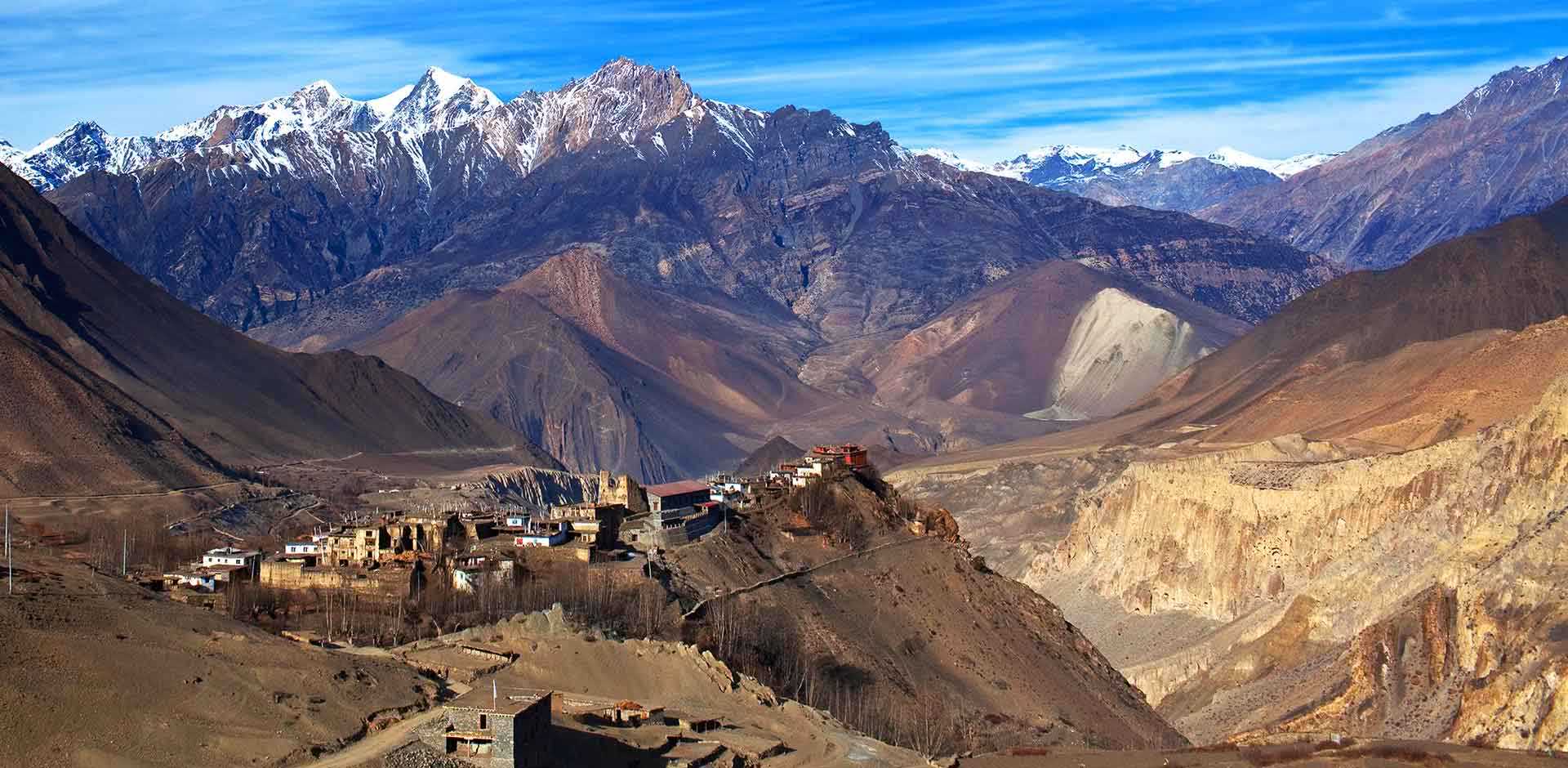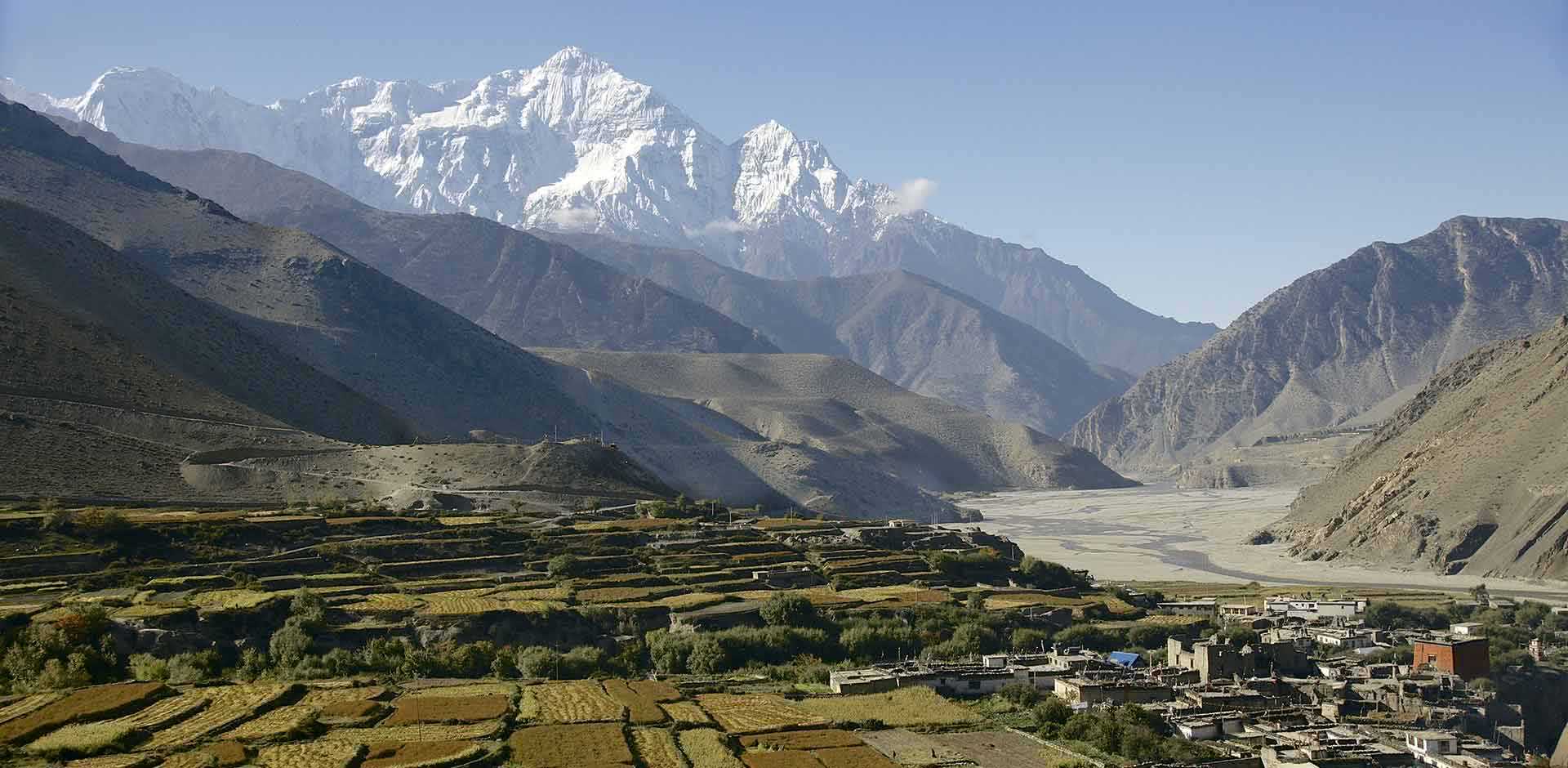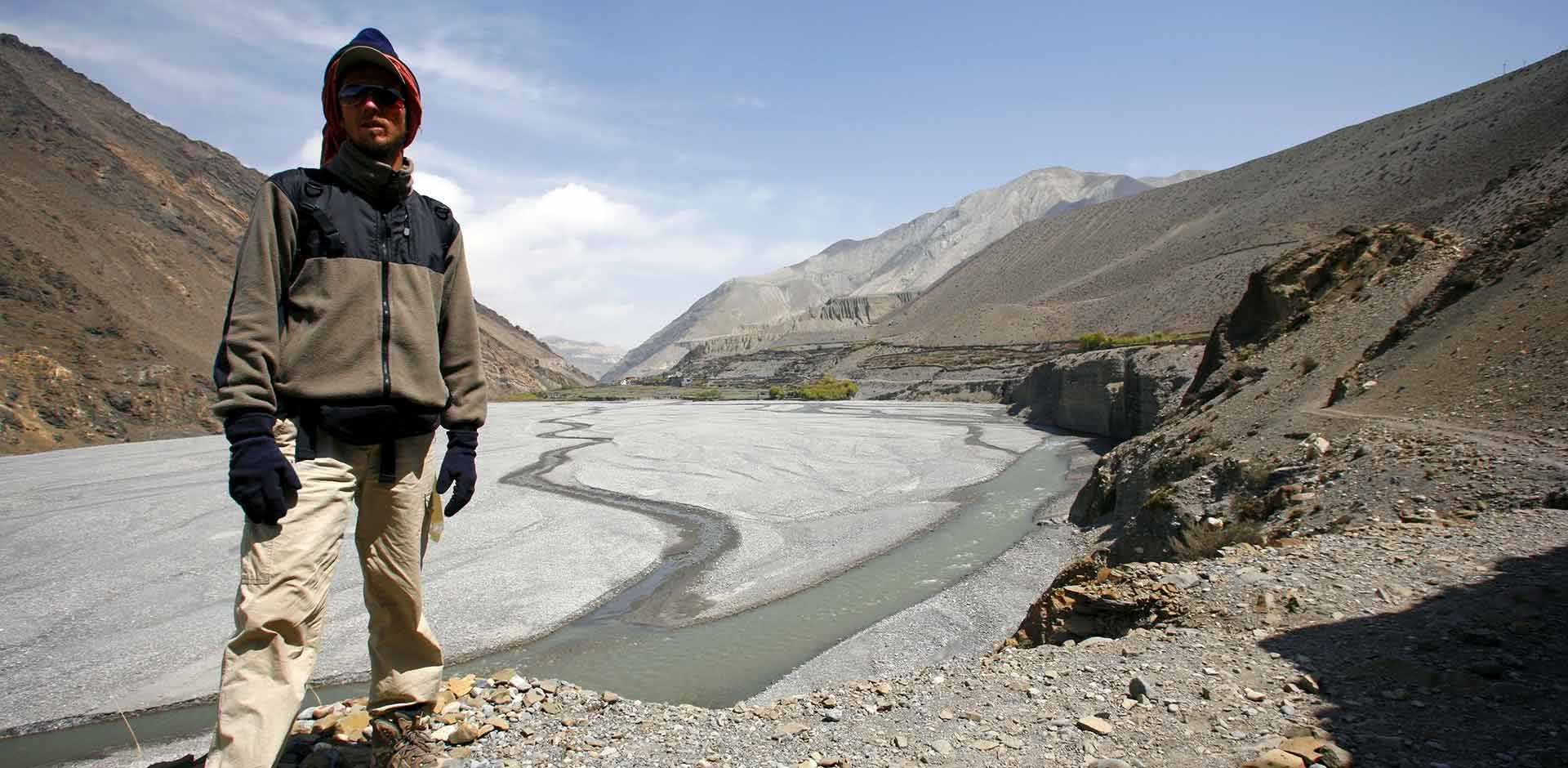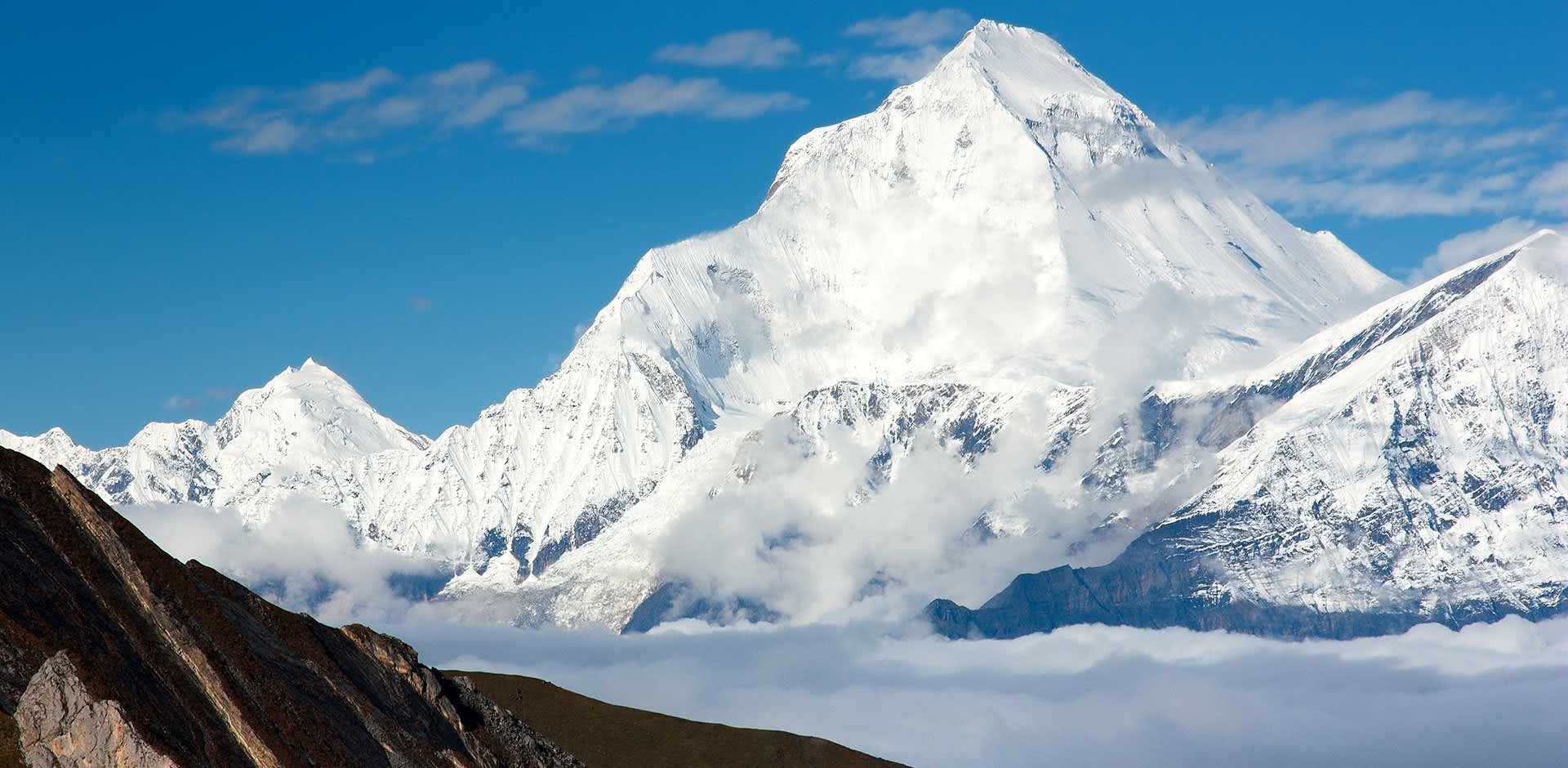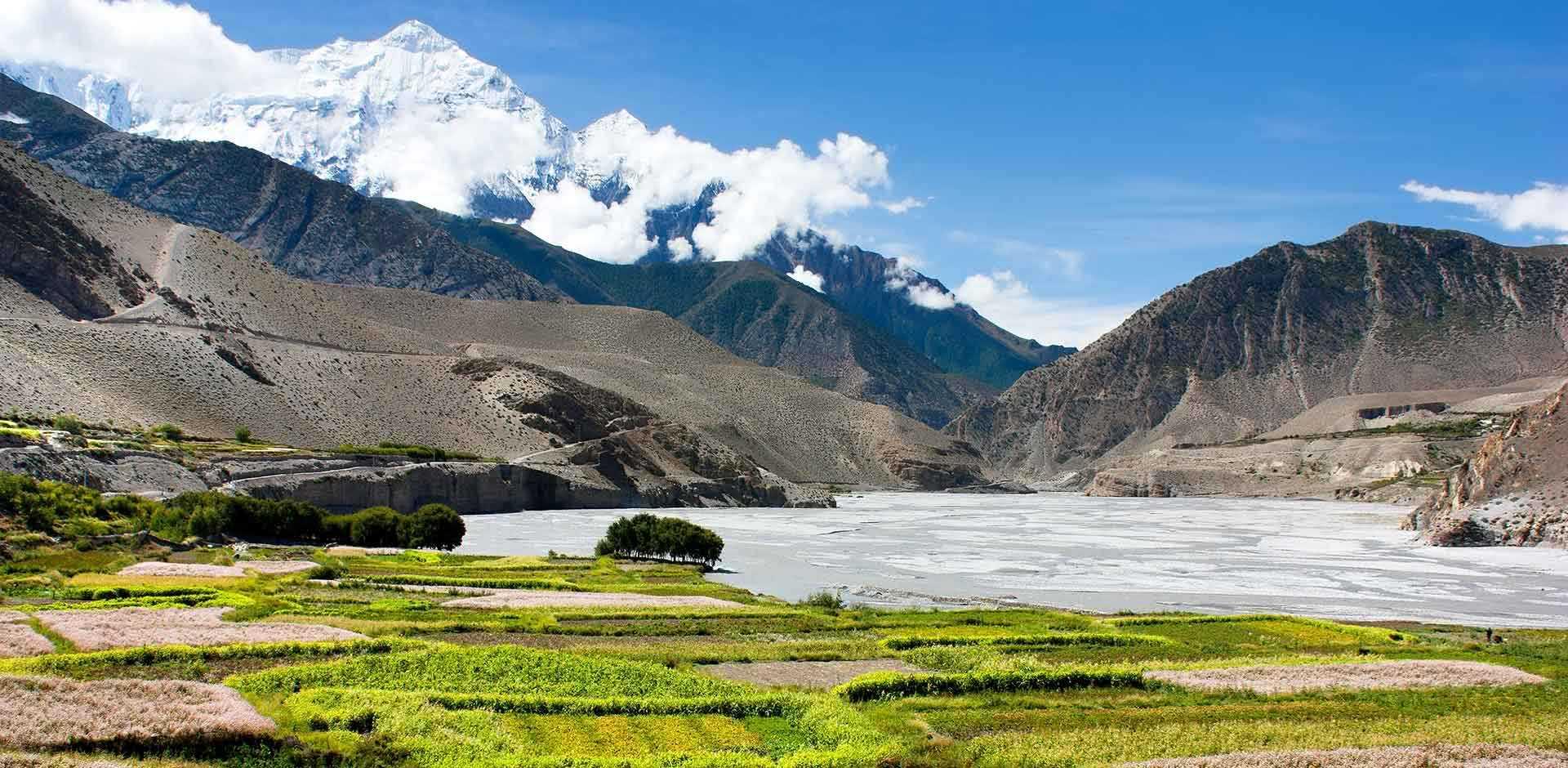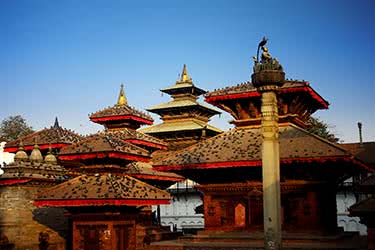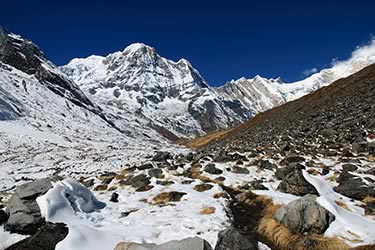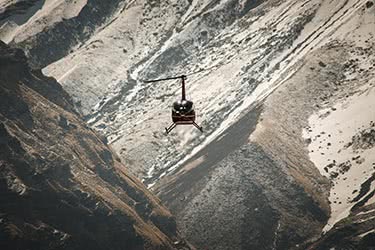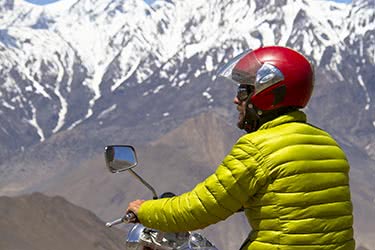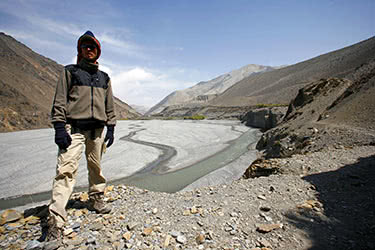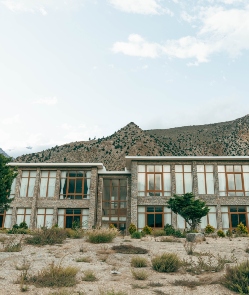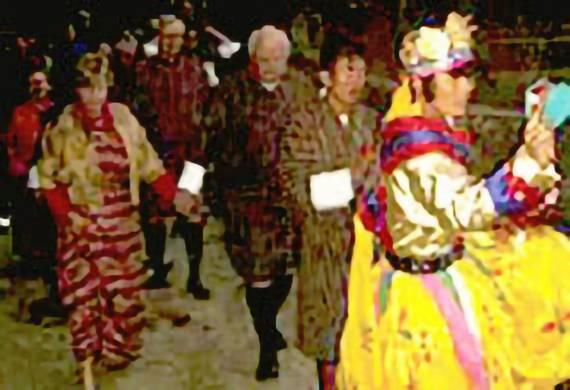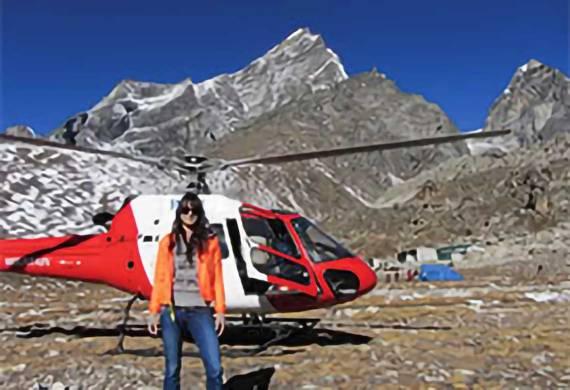Mustang
Today, due primarily to its isolated location and closed nature (the area was only open to tourism in 1992), Mustang is one of the last true remote lands remaining in the world. Its inhabitants, who are primarily of Tibetan descent, lead lives little-changed from centuries past; they till the fields by hand, tend herds amid the dry hills, and work and live among the harsh, starkly beautiful lands.
Still, with the completion of a new highway linking Mustang to Tibet and Nepal, it is clear that this stronghold of traditional Tibetan culture may not remain remote and untouched for much longer.
Experiences
A handpicked selection of experiences endorsed by our experts. If you can’t see what you’re looking for, let us know, as our extensive network of local contacts can open many doors.
Dinner with a Local Family
Meet a prominent local family for dinner at their home; sample Tibetan specialties like momos, or dumplings stuffed with yak meat; thukpas, or thick, long Tibetan noodles; and salty, savory butter tea, used to fortify one’s body against the elements.
Manmade Caves of Mustang
Carved into the sheer walls of the Himalayan foothills, much of the area around Mustang is home to a number of manmade caves. Many of these structures contain various Buddhist artifacts, including sacred, illustrated texts, elaborate wall paintings and murals, and even manuscripts detailing the Bon faith, the area’s pre-Buddhist, shamanistic religion.
Muktinath Temple
Located at a lofty 12,172 feet (3,710 meters), Muktinath Temple is sacred to Hindus and Buddhists alike. Set in the shadow of the majestic Himalayas, Muktinath was believed to be the site where Guru Rimpoche, the founder of Tibetan Buddhism, stopped and meditated while making his way to Tibet.
While small, the temple itself consists of an inner temple and an outer courtyard; the former contains a large, golden murti, or representation, of the Hindu god Vishnu. The outer courtyard is home to 108 bull-shaped spouts which pour forth water diverted from the River Gantaki; because of the temple’s high elevation, the water is often ice-cold – a daunting challenge to devoted pilgrims, who, as a test of faith, plunge into the waters for a cleansing, sacred bath.
Trekking
As Mustang is a remote, far-flung locale, it also offers some of the best trekking and hiking within Nepal. Clamber over dry, barren hills that are shades of yellow-brown and sparsely dotted with trees; pass thatched huts that have stood as local homes for decades, if not centuries; and gaze upon the imposing white peaks of the Himalayas in the distance, wreathed in cloud and fog.
Walled City of Lo Manthang
Once a cosmopolitan, thriving enclave that commanded crucial trading routes, the walled city of Lo Manthang was once the capital of the kingdom of Mustang. The walls of Lo Manthang are rectangular, and are capped at each corner by a square dzong, or fort – a feature common to the high mountain areas of Tibet, Bhutan, and Nepal. Built in the 1380s, Lo Manthang stands today in a remarkable state of preservation – to the point where festivals and feasts extinct elsewhere in Nepal, Tibet, and Bhutan are still held in the city; because of this, Lo Manthang is tentatively listed as a UNESCO World Heritage Site.
Nepal Regions
Explore in-depth information, experiences and highlights by navigating to specific regions using the links below.
Mustang Itineraries
- Duration
- 9 days / 8 nights
- Price Per Person
- From $5,200
- Duration
- 20 days / 19 nights
- Price Per Person
- From $13,600
- Duration
- 16 days / 15 nights
- Price Per Person
- From $16,000
- Duration
- 11 days / 10 nights
- Price Per Person
- From $17,200
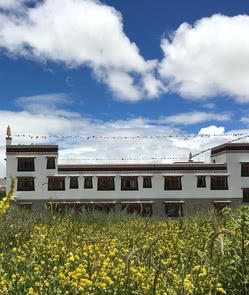
Royal Mustang Resort
Located outside the walls of Lo Manthang, a former capital of the Mustang region dating back to the 14th century, rests the Royal Mustang Resort at nearly 4000 meters above sea level. The heirs of past royalty constructed the opulent hotel with the assistance of a Japanese architect by the name of Kurumitsawa. Today, the hotel provides superior comfort in an otherwise intimidating environment. Its 20 rooms and suites are cleanly designed with wooden floors, lattice screens, simple artworks, and wide, inviting beds. Additionally, they are heated and hot water is reliable. The kitchen is supplied by an organic farm and offers a seasonal menu with Tibetan and international dishes. There is a collection of wines, spirits, and beers available for guests as well. Wi-Fi is available and 15% of the resort’s income is donated to cultural preservation.
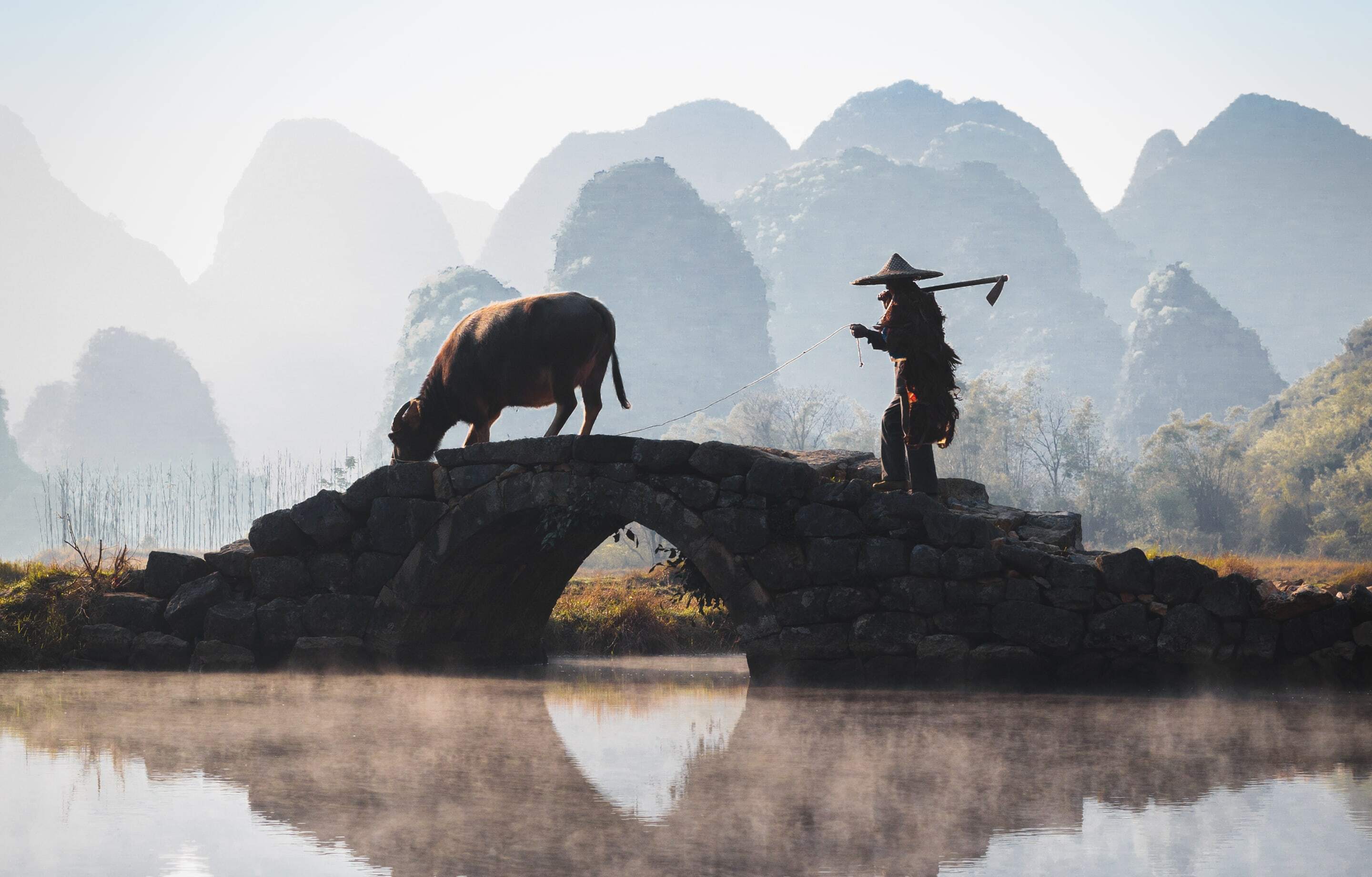
Exclusively Asia
With Remote Lands you'll travel with people who have made Asia the solitary focus of their own lifelong adventure. As our guest, you'll discover Asia on a journey that is completely, authentically your own, adapted from our own remarkable experiences and adventures over the years.
With Remote Lands you'll travel with people who have made Asia the solitary focus of their own lifelong adventure. As our guest, in the continent that our north American founders Catherine and Jay have adored and explored for decades, you'll discover Asia on a journey that is completely, authentically your own, adapted from our own remarkable experiences and adventures over the years.
Travelogues
An Asia-focused magazine brought to you by Remote Lands - a platform for adventure, luxury, and authenticity from experts and explorers around the continent.
Himalayas: Visit the Roof of the World after COVID
- Author
- Travelogues
Nepal: Yes, You Can Go Right Now
- Author
- Travelogues
Faces of Bhaktapur: Medieval Nepal Hidden in Plain Sight
- Author
- Ronan O'Connell
What Others Say
Here is a small selection of the kind words our clients have said about us recently.
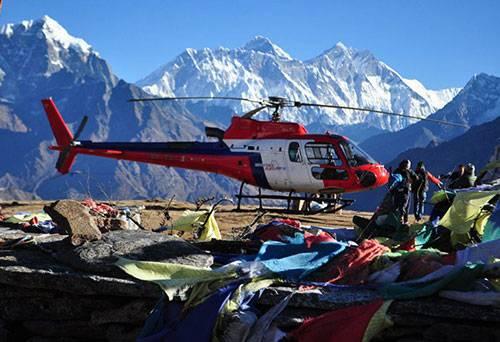
A couple from Texas
My wife and I traveled to Nepal with Remote Lands, and had an incredible time. This was our fourth trip with Remote Lands and the trip was planned perfectly with every detail accounted for.
